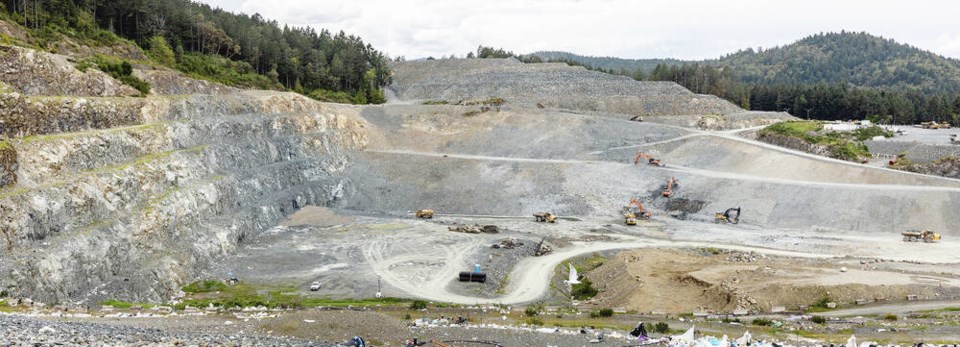The concept of a One Planet region is very simple: We only have one planet, and thus need to live within its limits.
That should have been been obvious all along, but never more so than since 1972, when two key books — Only One Earth and The Limits to Growth — were published for the First UN Conference on the Environment in Stockholm.
Back then, according to the Global Footprint Network, our collective global ecological footprint — the ecological assets that the world’s population requires to produce the natural resources it consumes and to absorb its waste, especially carbon emissions — was equivalent to just over one planet’s worth of annual biocapacity. Today it is 1.75 planets.
But in utilizing 1.75 planets’ worth of biocapacity, we are “drawing down the resources of the planet faster than they can be regenerated,” as a recently released District of Saanich report by CHRM Consulting on Saanich’s ecological and carbon footprints in 2021 neatly puts it.
As a result we have — not surprisingly — crossed six of the nine planetary boundaries for key natural systems that support life on Earth, and we are approaching two more.
Moreover, our overall global footprint hides inequalities. Some nations use nowhere near their fair share of the Earth’s biocapacity and resources, making it hard, if not impossible, to meet the basic needs of their citizens, while others — such as saąúĽĘ´«Ă˝, with its nearly five-planet footprint — have far more.
But think for a moment about the implications of being a five-planet country.
First, if the whole world lived the way we do, we would need four more planets. Second, if we continue to utilize five planets’ worth of biocapacity, we are in effect making it impossible for those who have less to get the biocapacity and resources they need in order to live lives of decent quality. Third, reducing our footprint to one planet’s worth of biocapacity means an 80 per cent reduction in our footprint.
Happily, since over 60 per cent of our footprint is our carbon footprint, getting to net-zero carbon emissions gets us a long way there. (However, we would still have a significant carbon footprint, since net-zero is not zero — it means we emit as much carbon as the Earth, or our technology, can re-absorb.)
Saanich’s ecological footprint, which is probably representative of the Greater Victoria region as a whole, was equivalent to four planets. While this is a bit better than saąúĽĘ´«Ă˝’s five-planet footprint, we’re still a long way from being a One Planet region, needing a 75 per cent reduction in our footprint.
What the Saanich report shows us, in some detail, is what makes up our four-planet footprint, and what we need to do to reduce it.
Unlike the top-down method used to calculate national footprints, the Saanich report uses the ecoCity Footprint Tool developed by Dr. Jennie Moore at the saąúĽĘ´«Ă˝ Institute of Technology in Vancouver. It uses local consumption-based data, where it is available, with national or provincial data extrapolated to the local level where needed.
Its advantage is that it “is aligned with the typical spheres, or categories, of municipal planning — buildings, transportation, waste and water” as well as food.
The local footprint includes all the materials we use, the energy “embodied,” or used, in making those materials and the products we use, the energy we use to operate the various systems in our community (heating and ventilation, transportation and so on) and the built area we occupy or use.
One of the most interesting findings is that 46 per cent of the total ecological footprint for Saanich results from “senior government impacts.” These include “infrastructure and services provided to citizens that are not captured at the local level such as highways, military, health care, coast guard, administrative, etc.” that we pay through our federal and provincial taxes, so are not included in consumption data.
The remaining 54 per cent consists of the footprint associated with food (24 per cent), transportation (17 per cent), buildings (seven per cent) and consumables and waste (six per cent).
Many of these components of the footprint can be influenced by local action, which is what I will look at next week.
Dr. Trevor Hancock is a retired professor and senior scholar at the University of Victoria’s School of Public Health and Social Policy
>>> To comment on this article, write a letter to the editor: [email protected]



